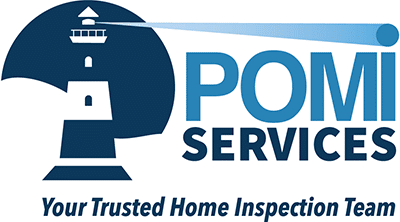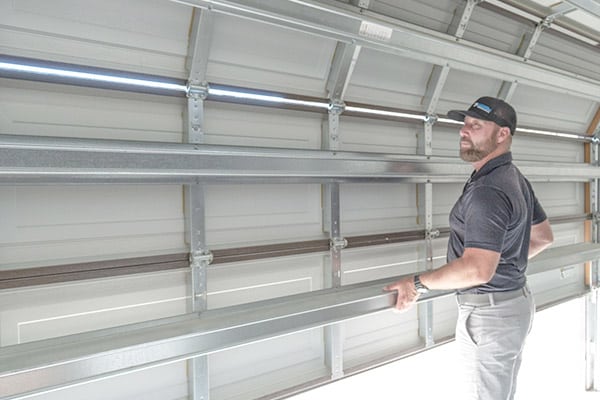Home inspection add on
Wind Mitigation Inspection
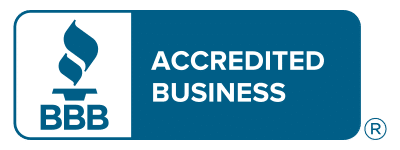

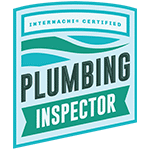

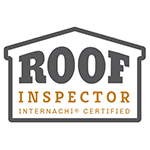
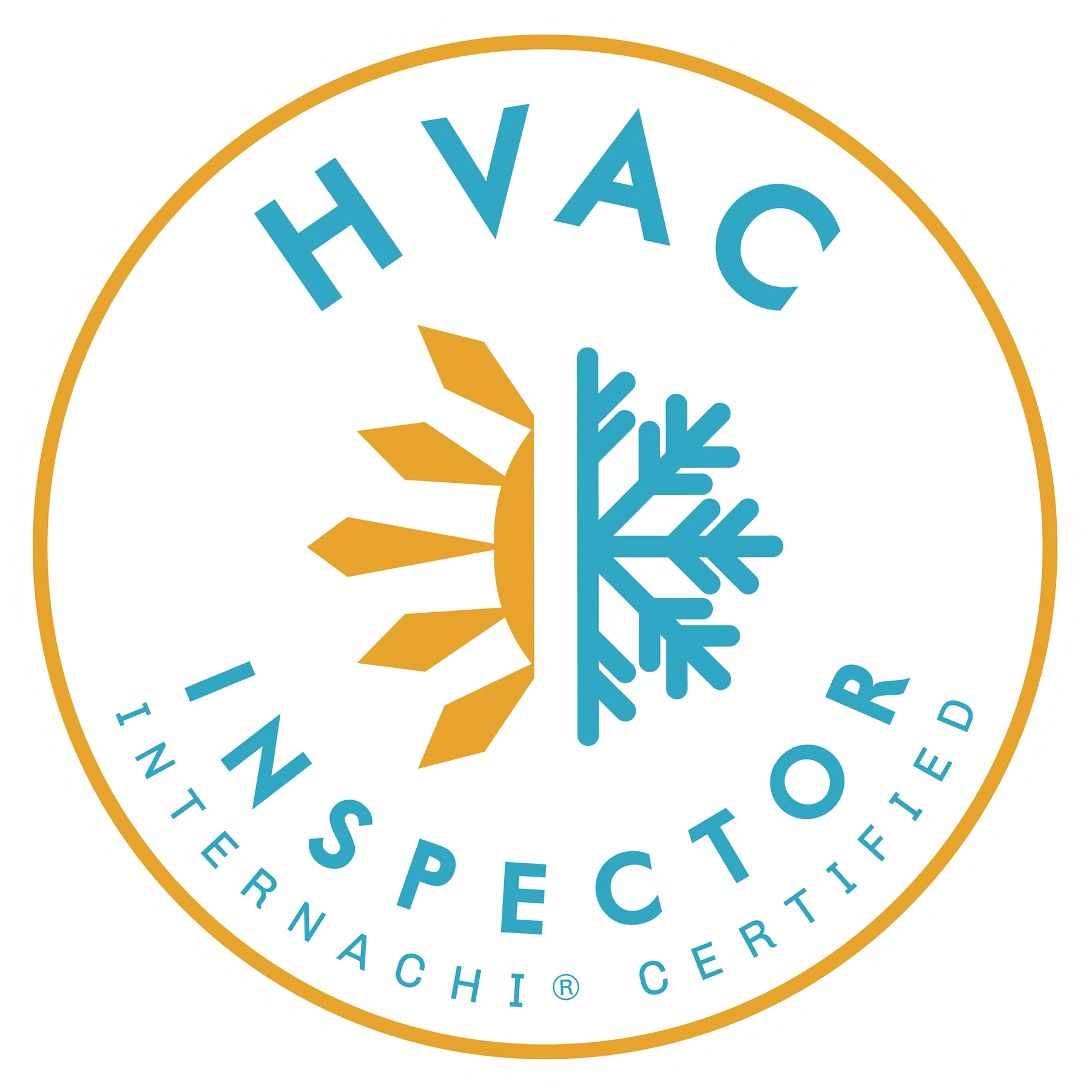
We Provide Comprehensive Foundation Certifications in Florida
Wind mitigation is a crucial assessment when it comes to protecting a home. The inspection focuses on how well your home will withstand the forces of a hurricane or storm. As a homeowner, you can earn credits towards discounts on your homeowner’s insurance. More qualifying factors mean bigger discounts. Give our team a call today at 850-586-1934 for more information on our storm and wind mitigation inspections.
Contact our team today for a wind mitigation inspection.
Pricing
Standard pricing:
- Standalone Wind Mitigation Inspection $125
- Combined with a General Home Inspection $50
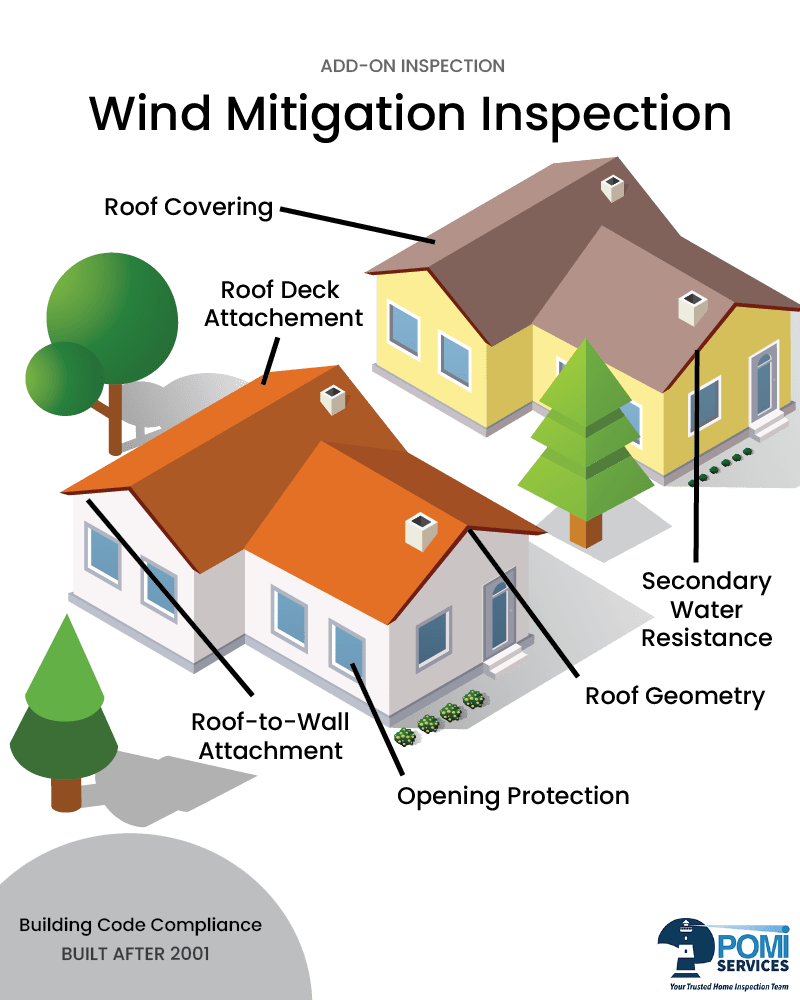
FAQ
A wind mitigation inspection evaluates how well a home is protected against strong winds, especially those from hurricanes. It assesses structural features like roof shape, attachment methods, and the strength of windows and doors. The purpose is to see how well a home can withstand high winds, which can lead to insurance discounts for homeowners.
By identifying wind-resistant features, you may qualify for significant discounts on your homeowner’s insurance. Florida law mandates that insurance companies provide discounts for homes with features that reduce wind damage risk, so the inspection can lead to substantial savings.
Standalone wind mitigation inspections are $125. If combined with a full general home inspection, the add-on price is $50.
Inspectors look at factors like the age and shape of the roof, the type of roof deck attachment, roof-to-wall connection methods, the presence of a secondary water barrier, the impact resistance of windows and doors, and any opening protection devices like hurricane shutters.
Savings depend on your home’s wind-resistant features, with potential discounts ranging from 10% to 40% on windstorm insurance premiums. Homes with newer roofs and storm-resistant upgrades, like impact windows, generally qualify for higher discounts. For specific information, it’s best to speak directly with your insurance company, as they can provide details tailored to your policy and home features.
Typically, the inspection takes about 30 minutes to an hour, depending on the size of the property and the complexity of its features.
There is no pass or fail with this inspection. Even if your home doesn’t qualify for discounts now, the inspection will help you understand which improvements can increase your home’s wind resistance and potentially qualify you for future insurance discounts.
It’s generally recommended to get a wind mitigation inspection whenever you replace your roof or make significant upgrades to wind-resistant features, like impact windows or hurricane shutters. Otherwise, homeowners usually get an inspection every 5 years.
No, the inspection must be conducted by a licensed professional, such as a general contractor, building inspector, engineer, or architect, to qualify for insurance discounts. A licensed inspector ensures that all documentation and assessments meet Florida’s requirements.
After the inspection, you'll receive a detailed report outlining your home’s wind-resistant features. You can submit this report directly to your insurance agent to apply for any eligible discounts. To make the process easier, if you provide us with your agent's name and email, we’re happy to send the report to them on your behalf and confirm its receipt.
Qualified Inspectors
Our inspectors are InterNACHI® certified and have years of experience doing wind mitigation inspections. Both Richard and James hold dozens of certifications and accreditations. POMI Services is an InterNACHI® Certified Wind Mitigation Inspector.



Factors in a Wind Mitigation Inspection
There are seven categories an inspector looks at when determining credit for an insurance discount:
